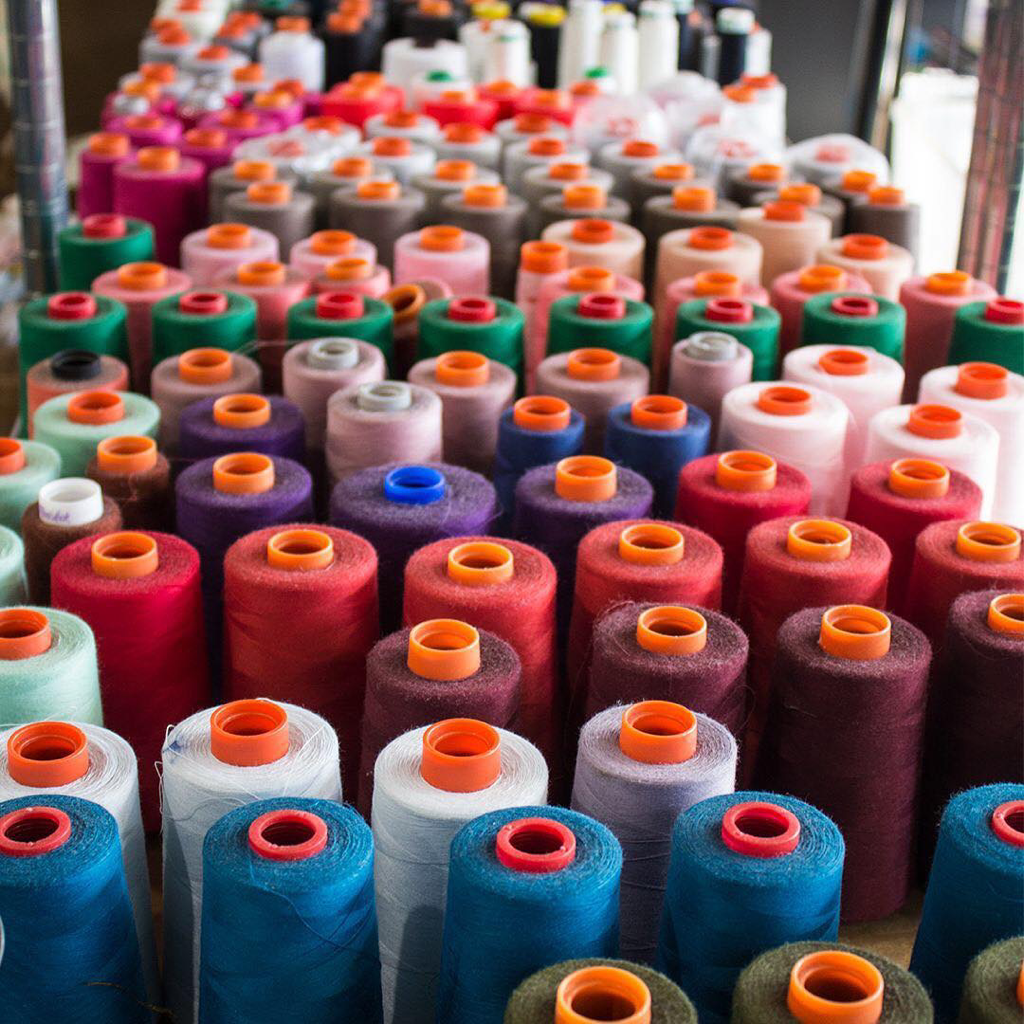Corsetry & Me
This blog serves as a guide to waist training using bespoke corsets for both beginners and intermediate to advanced users. It covers topics such as lacing techniques, skin care, shaping and silhouette objectives, the differences between mid-bust and underbust corsets, choosing the right corset, breaking in a new corset, incorporating waist training into a healthy lifestyle, making waist training a habit, listening to your body, and getting support from a community of fellow waist trainers.

 RSS Feed
RSS Feed